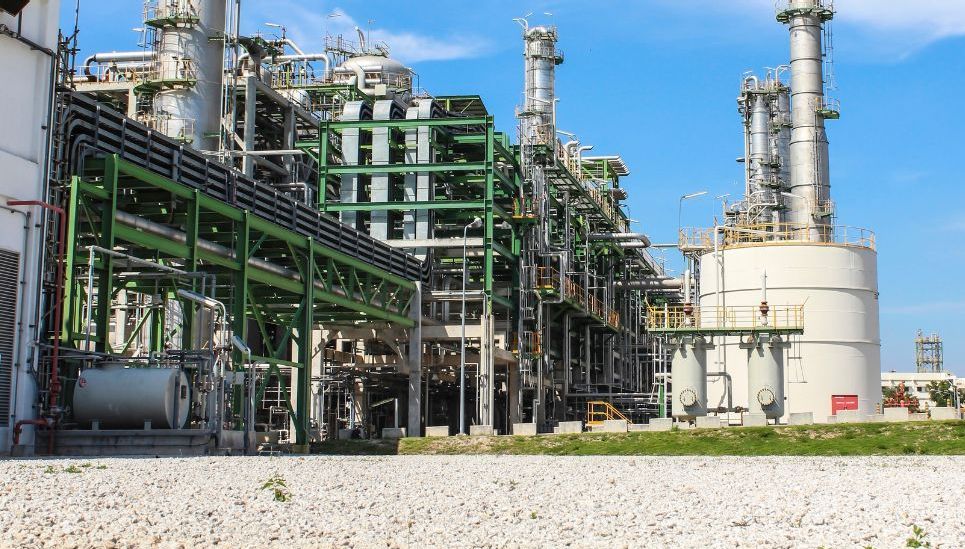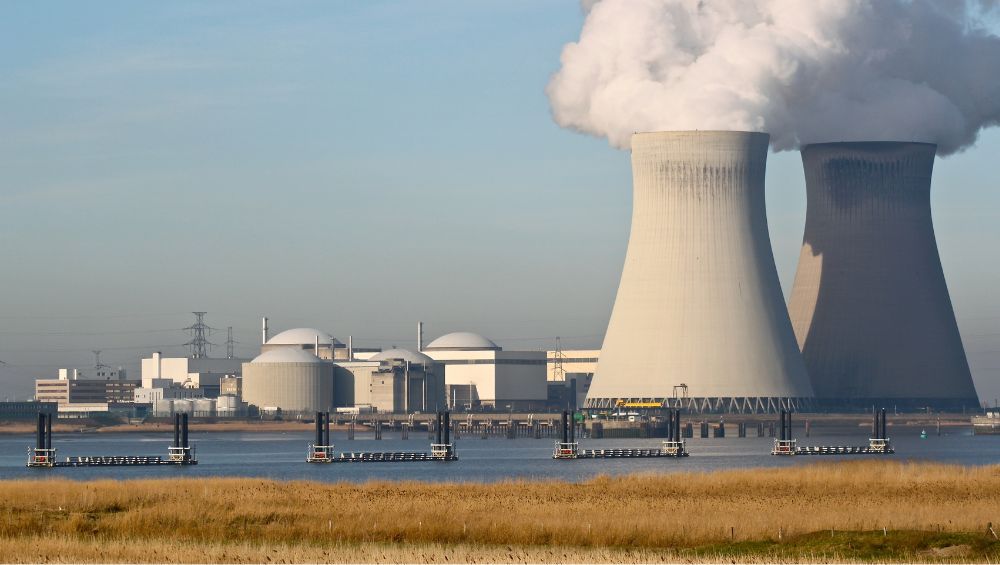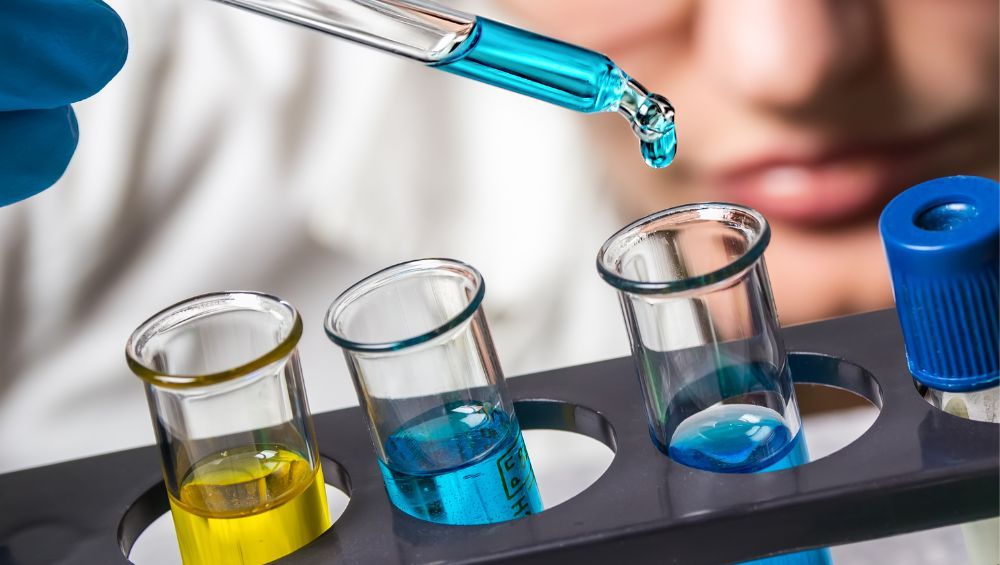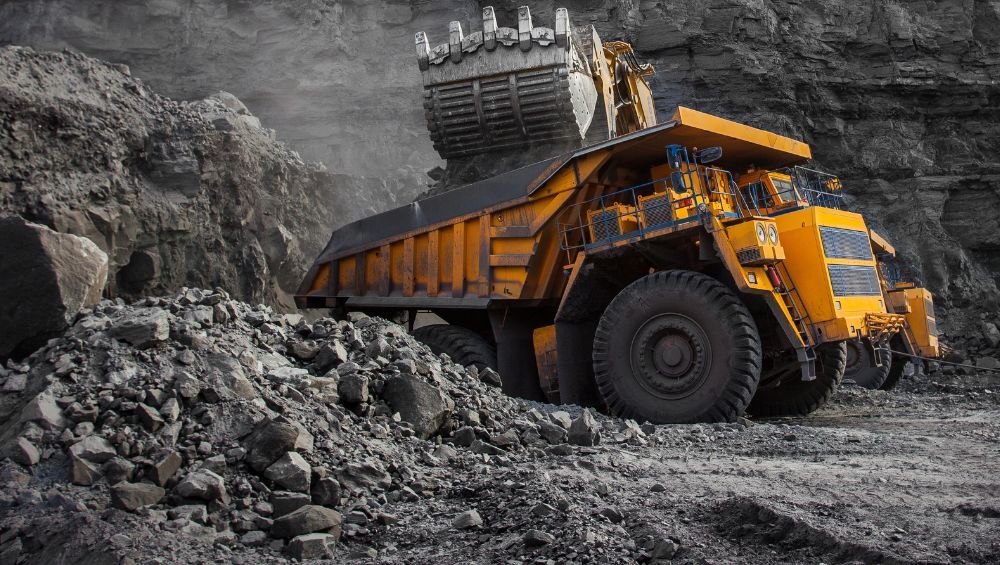Gas-Leak Detection | Regulatory & Compliance
Understanding OSHA Regulations on Gas-Leak Detection
Note: Please read in 'Desktop View' for best experience. Hope you get valuable and implementable knowledge from this!
Introduction
Gas leaks pose one of the most significant risks in industrial operations, threatening workers, equipment, and surrounding communities. To safeguard employees and ensure safe working environments, the Occupational Safety and Health Administration (OSHA) enforces strict regulations governing gas detection and exposure control.
These rules outline where gas monitoring is required, what exposure limits must be met, and how employers must respond when dangerous gases are detected. Failure to follow these standards can lead to severe penalties, shutdowns, or catastrophic incidents.
In this blog, we’ll explain OSHA’s gas-leak detection requirements, define key exposure terms like PEL, STEL, IDLH, LEL, and UEL, highlight best practices for compliance, and share a reference table of limits for common industrial gases. Whether you operate in petrochemical, power generation, mining, or manufacturing, understanding and applying these standards is essential to protect your workforce and maintain operational continuity.
Why OSHA Mandates Gas-Leak Detection
Industrial gases such as hydrogen sulfide (H2S), carbon monoxide (CO), chlorine (Cl2), methane (CH4), and ammonia (NH3) can be deadly—even in small amounts. These hazards can cause explosions, oxygen displacement, poisoning, or long-term health damage.
To address these risks, OSHA requires air monitoring programs in confined spaces, hazardous process areas, and any operation involving toxic or combustible gases. Workers must not be exposed to concentrations above OSHA’s Permissible Exposure Limits (PELs) or IDLH (Immediately Dangerous to Life or Health) levels.
Relevant OSHA standards include:
29 CFR 1910.146 (Confined Spaces): Requires air testing before and during entry.
29 CFR 1910.1000 (Air Contaminants): Establishes PELs for hundreds of toxic substances.
29 CFR 1910.1200 & 1910.120 (Hazard Communication & Hazardous Waste): Mandates detection, labeling, and employee training.
These standards ensure facilities use proper detection equipment, alarms, and response plans to protect workers and comply with regulations.
OSHA Exposure Limits and Key Terms
| PEL (Permissible Exposure Limit) | Average gas concentration a worker can be exposed to over an 8-hour work shift. | |
| TLV (Threshold Limit Value) | A guideline by ACGIH indicating safe exposure over a 40-hour workweek. Used where no OSHA PEL exists. | |
| TWA (Time-Weighted Average) | The average gas concentration over an 8-hour shift, accounting for varying exposure levels. | |
| STEL (Short-Term Exposure Limit) | The maximum safe concentration a worker can experience for 15 minutes, up to 4 times daily, with breaks of at least 60 minutes. | |
| Ceiling Limit (C) | A concentration that must never be exceeded, even momentarily (e.g., H₂S ceiling limit is 20 ppm). | |
| IDLH (Immediately Dangerous to Life or Health) | Gas concentrations that pose immediate, life-threatening danger, cause irreversible harm, or prevent safe escape. Workers must evacuate immediately if this threshold is reached. | |
| LEL (Lower Explosive Limit) | The lowest concentration of a flammable gas in air that can ignite. | |
| UEL (Upper Explosive Limit) | The highest concentration where combustion is possible; above this, the mixture is too rich to ignite. |
Best Practices for OSHA Compliance
Install Detectors Strategically
Use fixed monitors near valves, tanks, and ducts; provide portable monitors for maintenance and confined space teams.
Calibrate and Test Regularly
Perform monthly calibrations and daily bump tests to maintain sensor accuracy.
Integrate Alarms with Systems
Connect detectors to SCADA or control systems for automated ventilation, shutdown, and alerts.
Train Workers
OSHA requires employees to understand how to operate detectors, interpret alarms, and follow evacuation protocols.
Keep Records
Document exposure data, calibrations, and incidents for audits and investigations.
Industry-Specific Applications
Conclusion
OSHA’s gas detection regulations exist to protect workers from toxic, flammable, and oxygen-depleting gases. By understanding exposure thresholds like PEL, TLV, STEL, IDLH, and LEL, companies can configure their detection systems to trigger early warnings, prevent incidents, and maintain compliance.
Modern fixed and portable gas detection solutions make it easier to meet these standards by providing accurate, continuous monitoring, integrated alarms, and detailed reporting for audits. These systems not only save lives but also help avoid costly downtime and penalties.
At ESPMSENSE, we design and deliver OSHA-compliant gas detection systems for industries including petrochemical, power generation, food processing, and mining. Our expert solutions help you meet safety standards while protecting your workforce and operations.
Contact ESPMSENSE today to build a gas detection program that keeps your facility compliant, safe, and audit-ready.






